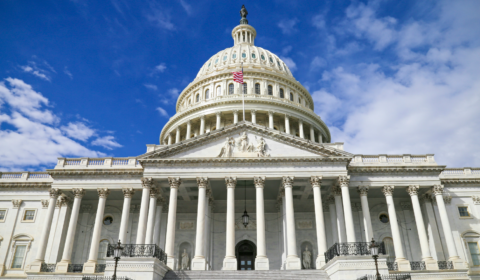Beyond the headlines of rising temperatures and extreme weather, the United Nations sounds the alarm on a broader environmental threat: the triple planetary crisis.
In the age of climate change, where rising temperatures and extreme weather events dominate headlines, the environmental challenges we face extend far beyond a warming planet. The United Nations has identified a more comprehensive threat: the ‘triple planetary crisis.’
The dangers associated with this, though often overlooked, must be widely recognized. The recent United Nations Environmental Assembly (UNEA) tasked itself to focus on ways that the crisis could be mitigated through the cooperation of the various member states.
What is the triple planetary crisis?
The term ‘triple planetary crisis’ is used by the United Nations to describe three major environmental issues that are interconnected and affect each other. These three crises constitute climate change, pollution, and the loss of biodiversity.
This framework revolves around the notion that the three crises are interconnected and collectively impact the planet’s ecosystems, societies, and economies. The impacts of each are well known in an age where the climate crisis is constantly discussed.
The broader remit covers long-term shifts in temperature; pollution through the introduction of harmful materials into the environment and biodiversity loss as an ongoing decline of plant and animal life.
The concept of the triple planetary crisis first appeared in the early 2000s, with the United Nations recognizing the need to address these global environmental crises collectively. The term gained prominence in 2020 when the United Nations Environment Programme (UNEP) adopted it to describe the three intersecting focus topics.
How the United Nations is involved?
The recent assembly by the UNEA considered resolutions covering various aspects of the triple planetary crisis, making a stride in the issue. However, before getting into that, it is vital to differentiate the roles of the United Nations Environment Programme (UNEP) and the United Nations Environment Assembly (UNEA).
Being the very system that adopted the framework of the triple planetary crisis, the United Nations plays a vital role in mitigating the issue. This is primarily done through the UNEP and the UNEA.
The UNEP, as the leading global environmental authority, works towards promoting sustainable development by coordinating responses to environmental issues at the global level. The organization emphasizes the need for collaborative action and inclusive approaches to tackle these crises collectively.
On the other hand, the UNEA serves as the world’s highest decision-making body on environmental matters, bringing together all 193 UN Member States to set priorities for global environmental policies and develop international environmental law.
In short, the UNEP is the organization that implements environmental actions, while the UNEA is the decision-making body that sets the direction for those actions.




















